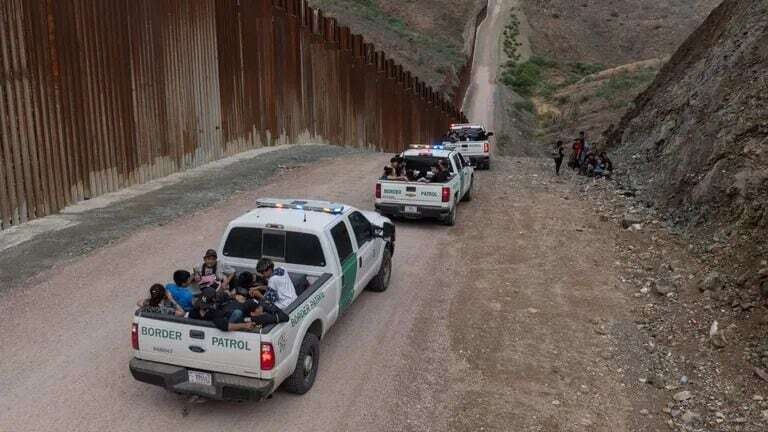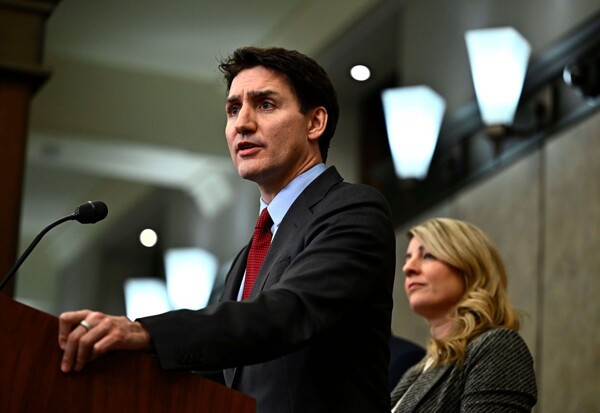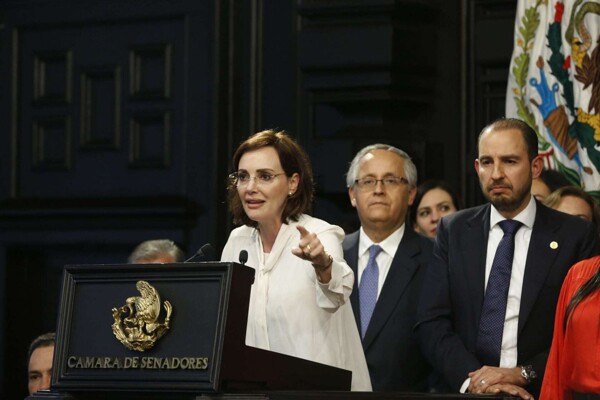
Mexico is at a critical point regarding migration: if it continues to focus on containment, its border cities will remain overwhelmed, criminal networks will strengthen, and the humanitarian crisis could extend until 2040. On the contrary, if it opts for integration, it could transform migration into an economic opportunity and stabilize the situation in less than a decade. Mexico can no longer act as if migration is a temporary problem.
The recent designation of major cartels as Foreign Terrorist Organizations has intensified pressure on Mexico and criminalized migrants fleeing organized crime. Decades ago, Mexico has been a container and victim of a migration problem that it did not create, but bears on its shoulders. This containment approach is crumbling as cartels benefit from the difficulty of crossing.
Other countries like Canada, Germany, and Spain have treated migration as an economic opportunity, issuing temporary work permits and regularizing migrants in sectors with labor demand. Meanwhile, Mexico has relied on the United States to contain a phenomenon that has overwhelmed it. The containment strategy has failed, and Donald Trump's return to the White House intensifies the crisis.
Since the implementation of the "Remain in Mexico" program, border cities have become camps of despair. Trump's new hardening only increases pressure on these territories. Implementing work permits in key sectors could absorb the migrant population, reducing pressure in border cities and weakening human trafficking.
The current containment is unsustainable, and relying on the United States to resolve the crisis is a strategy doomed to failure. It is imperative to manage migration strategically to stabilize the migration crisis between 2027 and 2032. The window of opportunity is closing, and thousands of migrants are trapped between bureaucracy, violence, and uncertainty. The decision on the way forward must be made now.














